It’s an unlikely relationship, but the humble pigeon is a descendant of the group of dinosaurs that also includes the mighty Tyrannosaurus rex.
The two species share a remarkable biological past. Our palaeontologist Professor Paul Barrett explains how this understanding of dinosaur evolution is transforming the way scientists think.
Birds that fill the world’s skies today are living dinosaurs, reminders of a distant and strange past.
Decades of major new discoveries and studies have convinced researchers that there’s a direct link between modern bird species and theropod dinosaurs.
Once dinosaurs were thought of as scaled-up lizards, but now they’re regarded very differently.
“Dinosaurs have always sparked the imagination, but our views on these spectacular animals have changed continually through time,” Paul says.
“Our image of dinosaurs is now quite different from that put forward by the first palaeontologists working on these animals.”
The dinosaur renaissance
We’re in a period that palaeontologists call the “dinosaur renaissance”.
It began in the 1960s with the revolutionary discovery of Deinonychus, a small predatory dinosaur that lived about 115 million years ago.
It not only showed unique similarities to birds, but also appeared to be an intelligent, fast-moving pack hunter, rather than a slow, plodding reptile.
New work on old specimens, and the discoveries of dinosaur and early bird species in the field, supported the idea that dinosaurs were the direct ancestors of birds. Many features and behaviours that characterise living birds were also found in their dinosaur ancestors.
Dinosaurs with feathers
Perhaps most surprising of all was the discovery of dinosaurs with feathers. It completely changed the scientific community’s perception of their appearance and behaviour.
The Deinonychus animatronics in our Dinosaurs Gallery sport feathers, to give visitors an accurate idea of how these animals looked.
“Modern reconstructions of predatory dinosaurs are startlingly bird-like and would have been completely absurd to many nineteenth-century researchers,” Paul says.
“Our image of dinosaurs has moved a long way from the 1950s picture of lethargic, scaly lizards, to one that is much more dynamic and exciting.”
Meat-eating theropods
Deinonychus was a theropod, a group of bipedal, carnivorous dinosaurs that also included T. rex.
Our knowledge of these creatures is constantly changing as new fossils are unearthed.
Scientists now know that dinosaurs evolved bird-like characteristics long before the appearance of Archaeopteryx – the Late Jurassic fossil sometimes referred to as the earliest bird.
The gradual evolutionary change – from fast-running, ground-dwelling, bipedal theropods to small, winged, flying birds – probably started about 160 million years ago.
It was possibly due to a move by some small theropods into trees in search of either food or protection.
Shrinking bodies
During the course of their evolutionary history, the body size of some theropod groups gradually decreased. This trend, together with many other changes to the skeleton, ultimately led to the appearance of birds.
“In 1996 the first feathered dinosaur was announced and many others have come to light since,” Paul says. “This work has shown that Deinonychus, originally depicted as a scaly dinosaur, was actually feathered.”
“The first discoveries of dinosaurs were made in the early nineteenth century. Initially dinosaurs were thought to look like large lizards, and were pictured as enormous animals, hundreds of feet long.”
“New discoveries mean we constantly have to update views on dinosaur appearance, behaviour and lifestyle.”

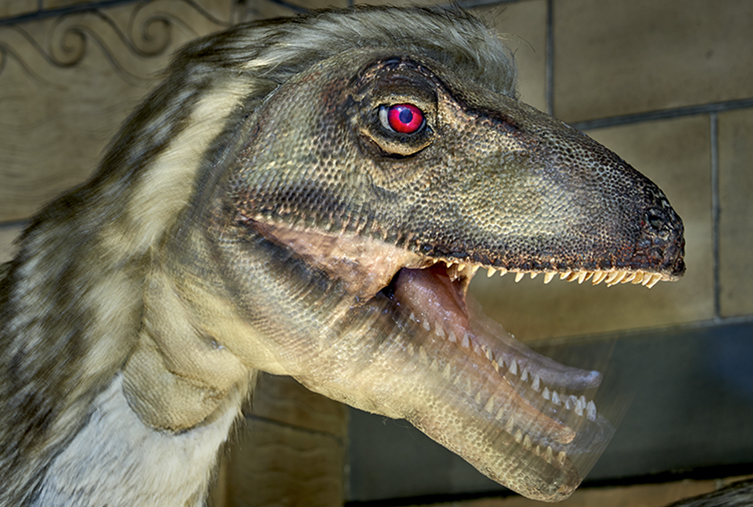
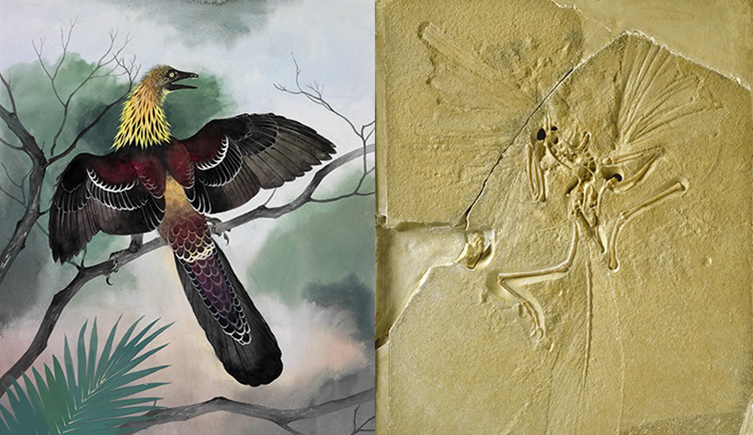
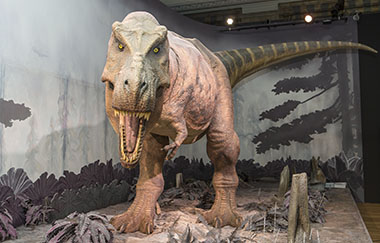
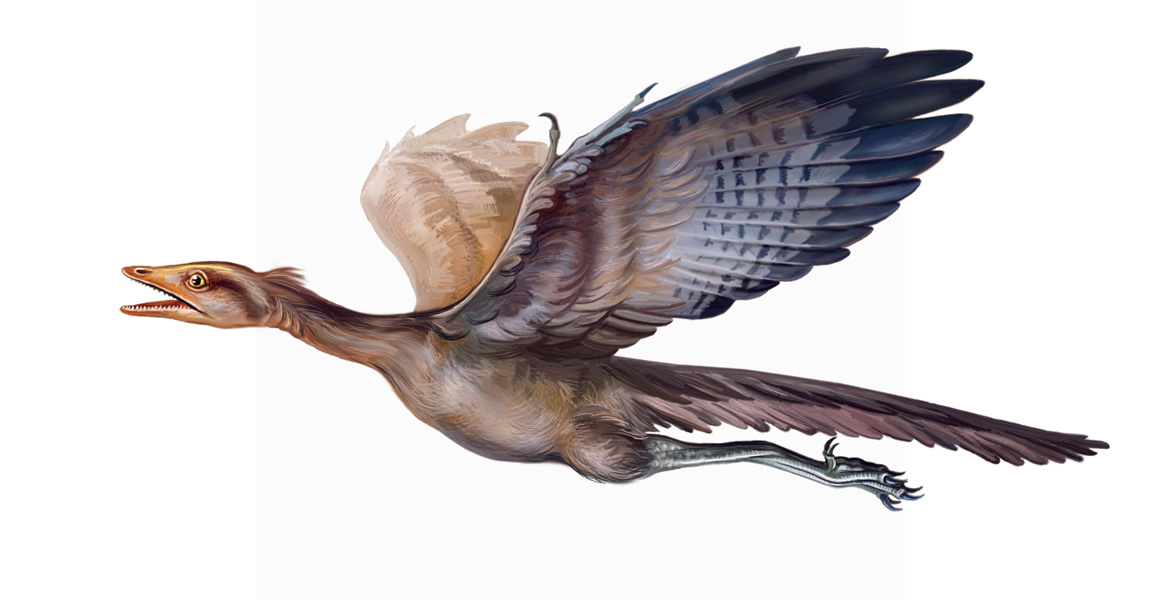

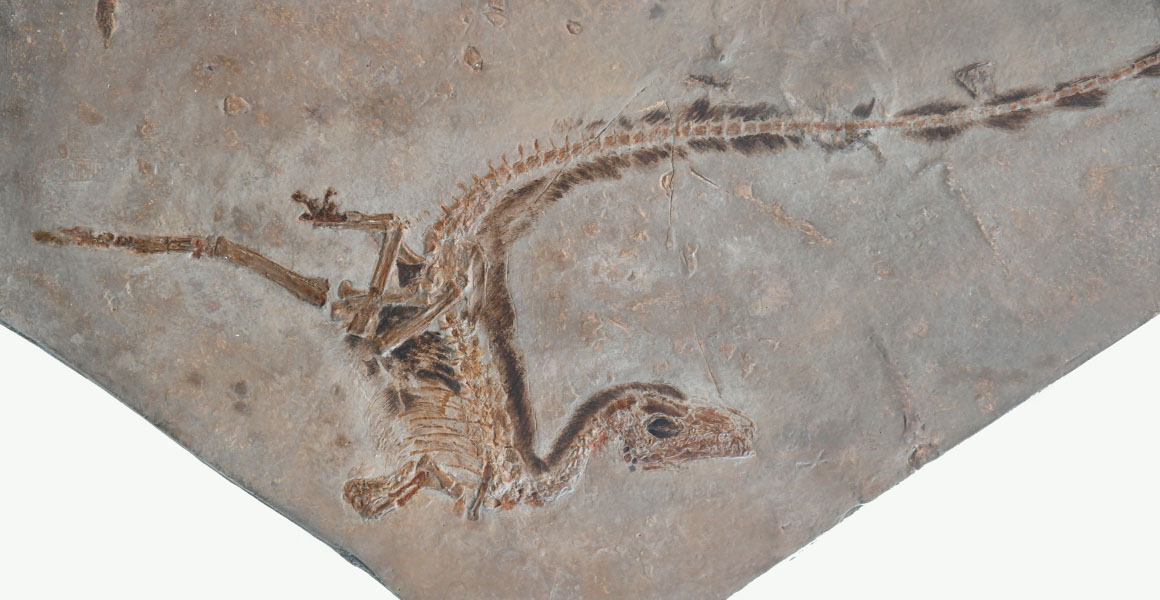

Don't miss a thing
Receive email updates about our news, science, exhibitions, events, products, services and fundraising activities. We may occasionally include third-party content from our corporate partners and other museums. We will not share your personal details with these third parties. You must be over the age of 13. Privacy notice.
Follow us on social media